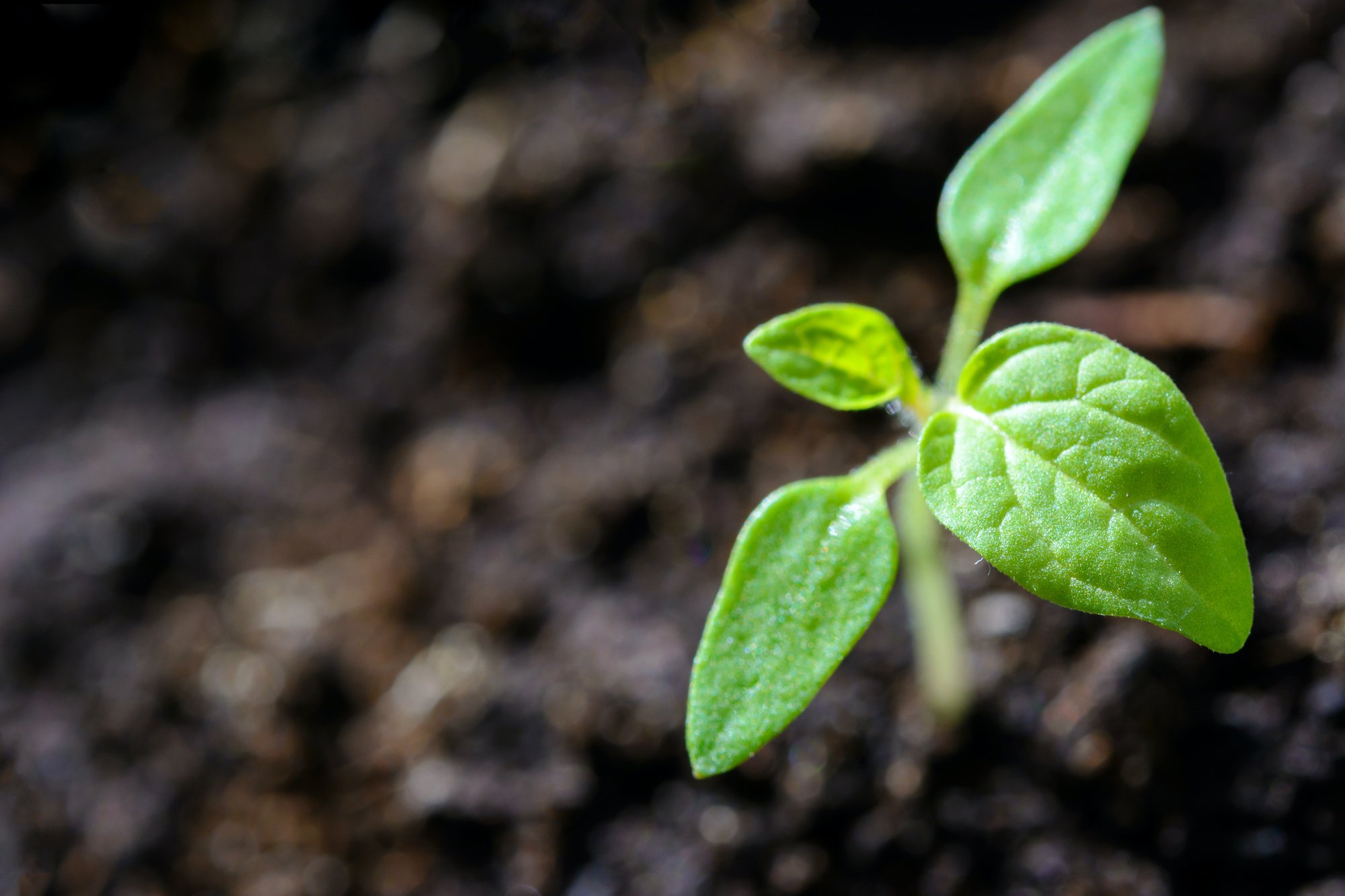
Costs of a Nutrient Poor Soil Biome
How to Improve Soil Quality
October 11, 2023
3 minutes
Agronomy
By Clint Hoffman
Download Free Agronomy GuideCosts of a Nutrient Poor Soil Biome
The Inner World of a Nutrient-Rich Soil Biome
A single gram of healthy soil is home to approximately 10 billion organisms, from the large and visible (earthworms, insects) to the much smaller or even microscopic (nematodes, mites, fungi, bacteria, and actinomycetes). So numerous are these tiny residents of our agricultural land that only about 1% of soil micro-organisms have even been identified.
These micro-organisms have a significant impact on chemical exchanges between plant roots and soil. There are 17 essential elements in soil that are required for plant growth, and the lack of any one of these (particularly primary macronutrients like Nitrogen, Phosphorous, and Potassium, or N, P, and K) can lead to severe limitations on crop yield. Thriving, healthy soil biomes help with N, P, and K cycling to promote strong uptake of nutrients and robust plant growth.
What Are the Costs of Nutrient Poor Soil Biome?
It’s a reality of agriculture that cropping systems gradually erode soil and extract nutrients, which can also inhibit the growth and health of the soil’s critical micro-organisms. In fact, one-third of fertilizer applied annually to corn cropping systems in the U.S. is just to compensate for this ongoing loss of soil fertility.
According to recent research from the University of Colorado Boulder published in Earth's Future, this natural degradation of healthy soil biomes leads to more than half a billion dollars in additional costs to U.S. farmers every year. This is a steep cost to pay, but is it preventable?
Boost Your Soil Biome With Crop and Soil Science
Agriculture, by design, uses up nutrients in the soil to produce crops—but this doesn’t need to cause distress to your soil or the microscopic lifeforms living inside of it. There are solutions to help enhance soil quality, support microbial growth, improve crop yields, and avoid the 30% fertilizer “tax” of a poor soil biome. Soil amendment solutions can be co-applied with fertilizers or distributed through routine water irrigation to help nourish and sustain the health of your soil.
Conventional amendment formulas can sometimes leave behind persistent residues or leech into and pollute groundwater, but advances in crop and soil science have revealed a better way. A new solution called Soltellus™ Polymer is powered by the non-toxic, sustainable, and water-soluble polyaspartate polymer. Soltellus™ naturally and readily biodegrades into amino acids in the soil—the same amino acids that are essential to all living cells.
How Does Soltellus™ Polyaspartate Work?
This soil amendment product is ideal for use in fertilizer coatings, where its multi-functional benefits shine. First, apply Soltellus™ polyaspartate to fertilizer particles and distribute it in your cropping system. The polymer binds to the nutrients and holds them in the root zone for a longer period of time, preventing rain and irrigation from washing them away. This has been shown to improve yields by up to 10%.
As it naturally biodegrades, Soltellus™ polymer breaks down into small bits and releases the chelated nutrients into the root zone for uptake by the crops. Finally, the amino acids (the final form of Soltellus™polymer) are consumed by microbes in the soil, fueling a healthy soil biome and leaving no trace behind. The result? Better quality of soil and improved suitability for crop growth.
Evidence of Soltellus™ polymer improving soil health and microbiome activity include:
- Enhanced soil microbe activity within 14 days of the Soltellus™ polymer application
- Increased micronutrient availability
- Higher production of exopolysaccharides (biofilm) from increased biome activity
- Improved N, P, and K cycling, supporting healthy crops
Connect with the application scientists at Lygos for more information on our biodegradable soil amendment solutions and how you can improve the quality of soil suitability for crop growth.
